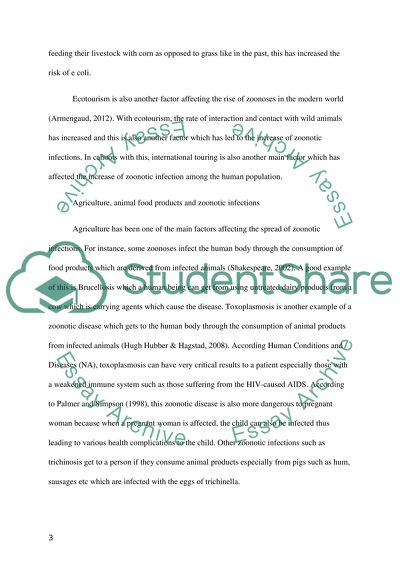Zoonoses (Medical Microbiology) Essay Example | Topics and Well Written Essays - 750 words. Retrieved from https://studentshare.org/health-sciences-medicine/1482758-zoonoses-medical-microbiology
Zoonoses (Medical Microbiology) Essay Example | Topics and Well Written Essays - 750 Words. https://studentshare.org/health-sciences-medicine/1482758-zoonoses-medical-microbiology.


